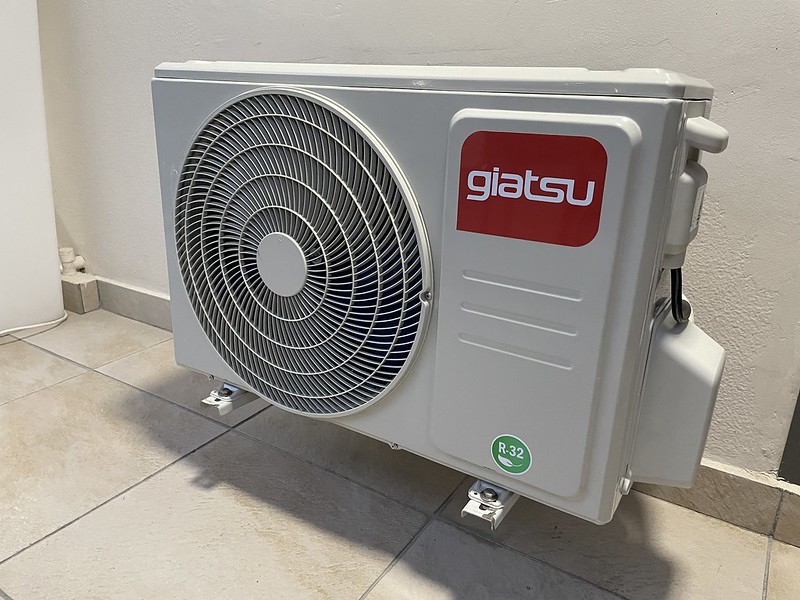The CFM (Cubic Feet per Minute) of a traditional mini split system is a crucial factor to consider when selecting and installing the right HVAC solution for your home or commercial space. This comprehensive guide will delve into the intricacies of CFM, providing you with the technical knowledge and expert insights to make an informed decision.
What is CFM, and Why Does It Matter?
CFM, or Cubic Feet per Minute, is a measure of the volume of air that an HVAC system can move. It is a crucial metric that determines the system’s ability to effectively cool or heat a given space. The CFM of a mini split system directly impacts its capacity to maintain the desired temperature and humidity levels in a room or building.
Understanding the CFM of a mini split system is essential for several reasons:
-
Proper Sizing: Selecting a mini split system with the appropriate CFM is crucial for ensuring optimal performance and energy efficiency. An undersized system may struggle to maintain the desired temperature, while an oversized system can lead to short-cycling, uneven cooling or heating, and higher energy consumption.
-
Airflow Distribution: The CFM of a mini split system determines how effectively the air is distributed throughout the space, ensuring even temperature and comfort levels.
-
Energy Efficiency: A properly sized mini split system with the right CFM can operate more efficiently, leading to lower energy bills and a reduced environmental impact.
Factors Affecting the CFM of Mini Split Systems
The CFM of a traditional mini split system can vary depending on several factors, including:
-
System Size: Larger mini split systems, typically measured in tons (1 ton = 12,000 BTU/h), generally have a higher CFM compared to smaller systems.
-
Ductwork Design: In the case of ducted mini split systems, the design and configuration of the ductwork can significantly impact the overall CFM of the system.
-
Air Filters and Grilles: The type and condition of air filters, as well as the design and placement of air grilles, can influence the system’s CFM.
-
Compressor Capacity: The size and efficiency of the compressor in a mini split system can affect the system’s overall CFM.
-
Refrigerant Charge: Proper refrigerant charge is essential for maintaining the system’s designed CFM and overall performance.
Typical CFM Ranges for Mini Split Systems
As mentioned in the initial response, the CFM for a traditional mini split system can vary depending on the specific model and size of the unit. However, some general guidelines can be provided:
| System Size (Tons) | Typical CFM Range |
|---|---|
| 1 Ton | 250 – 450 CFM |
| 1.5 Tons | 375 – 675 CFM |
| 2 Tons | 500 – 880 CFM |
| 2.5 Tons | 625 – 1,100 CFM |
| 3 Tons | 750 – 1,320 CFM |
It’s important to note that these are general ranges, and the actual CFM of a mini split system may vary depending on the manufacturer, model, and specific design features.
Calculating the Appropriate CFM for Your Space
Determining the appropriate CFM for your mini split system is a crucial step in ensuring optimal performance and energy efficiency. While general guidelines can provide a starting point, it’s recommended to consult with a professional HVAC contractor who can perform a detailed Manual J calculation.
The Manual J calculation takes into account various factors, such as the size of the space, insulation levels, window placement, and local climate conditions, to determine the precise heating and cooling load requirements. Based on this analysis, the contractor can then recommend the appropriate mini split system size and CFM to meet your specific needs.
Maintaining and Optimizing CFM in Mini Split Systems
Proper maintenance and regular inspections are essential for maintaining the optimal CFM of your mini split system. Here are some key steps to consider:
-
Air Filter Maintenance: Regularly cleaning or replacing the air filters can help maintain the system’s CFM and improve indoor air quality.
-
Ductwork Inspection: For ducted mini split systems, it’s important to inspect the ductwork for any leaks, blockages, or obstructions that could impact airflow.
-
Refrigerant Charge Verification: Ensuring the proper refrigerant charge is essential for maintaining the system’s designed CFM and overall performance.
-
Coil Cleaning: Keeping the indoor and outdoor coils clean can help optimize airflow and heat transfer, improving the system’s CFM.
-
Airflow Adjustments: Some mini split systems may have adjustable airflow settings, allowing you to fine-tune the CFM to match your specific needs.
By following these maintenance practices, you can help ensure that your traditional mini split system continues to operate at its optimal CFM, providing efficient and comfortable heating and cooling for your space.
Conclusion
The CFM of a traditional mini split system is a critical factor in ensuring the system’s performance, energy efficiency, and overall comfort. By understanding the factors that influence CFM, the typical CFM ranges for different system sizes, and the importance of proper sizing and maintenance, you can make informed decisions when selecting and maintaining your mini split system.
Remember, consulting with a professional HVAC contractor is highly recommended to ensure that your mini split system is properly sized and configured to meet the specific needs of your space. With the right CFM, you can enjoy the benefits of a comfortable, energy-efficient, and well-performing mini split system for years to come.

